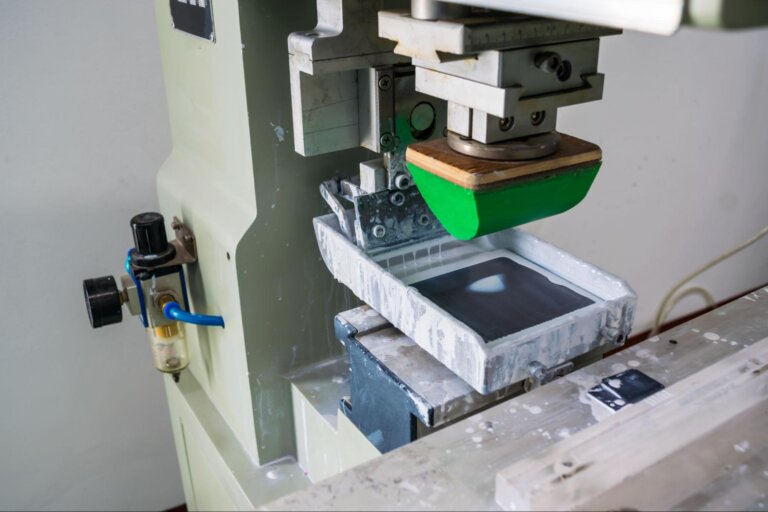Time to read: 3 min
Recent changes to tariffs on imports into the United States have started to hit supply chains worldwide. With the effects trickling down, companies are scrambling to find ways to ensure they limit the potential negative impacts on their bottom line profits.
In April, General Electric started feeling the repercussions. CEO John Flannery estimated that the new tariffs could increase costs by $300 million, seeing as GE imports just under $3 billion annually from China.
How, exactly, can GE and so many other companies importing goods to the United States work to lower the incurred costs associated with tariffs moving forward? Plenty of companies are starting to look into tariff mitigation strategies to help. Here are some of the most commonly used strategies to help you potentially lower your costs.
Change Production Location
Changing the location of production is probably the first idea that comes to mind, even if it’s not always the most feasible. However, if your supplier has factories in multiple countries, one solution to avoid high tariff costs is to change factories. If your supplier doesn’t have a factory in another country that can produce the product with identical specifications, you can also consider changing to a supplier that does.
Substantial Transformation
If it isn’t possible to wholly move production of a product from one country to another, one option is “substantial transformation”. This strategy is focused on moving partial production and/or assembly to another country, thereby changing the end product’s country of origin.
For instance, if you find that there’s a 25% tariff on a product imported to the U.S. when the country of origin is China, only produce a portion of the actual product in China and move the rest of production and assembly to Mexico. If done correctly, you can change the country of origin to Mexico, thereby changing the tariff charged by U.S. customs.
Buy Ahead
If tariffs are expected to hit the market, it may be cost-effective to buy extra parts ahead of time to have additional inventory on hand. Though it might come with a higher up-front cost, buying ahead of a tariff hit may ultimately serve as a cost saver in the long run. That way, you have buffer on hand to possibly search for a new supplier in a country not subject to tariffs.
Engineering Changes
What changes can be made to the product design or fabrication that can help reduce costs or avoid tariffs altogether? When producing individual parts, sometimes HS codes (and applicable tariffs) are designated based on material of the component. Changing to materials that are not subject to duties may take a lot of work on the part of your design and engineering teams, but they can pay off in the long run.
Tariff Sharing
When margins already have buffers, and the long-term prospects of doing business together are strong, suppliers may be willing to absorb the cost of the tariffs themselves, in order to hold onto the business.
When GE was faced with trying to mitigate tariffs, the company tried to work only with suppliers who would share the cost of tariffs. As expected, suppliers who know they are the best available option will likely be unwilling to split the tariff costs.
Main Takeaways
Whether you’re already implementing tariff mitigation strategies or are looking to start, they are an important part of understanding global manufacturing. By having a distributed network of suppliers, Fictiv offers flexible solutions, in which we can produce parts and assemblies. Where requested, we provide guidance on what mitigation strategies will be best to help achieve the lowest possible landed cost through the Fictiv platform.










